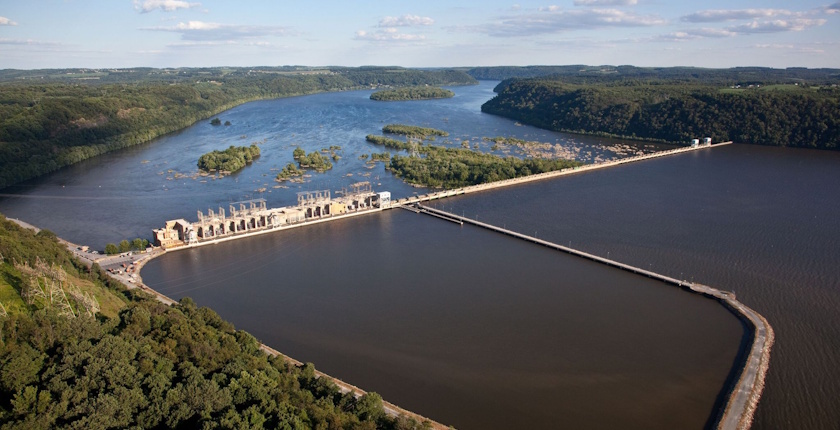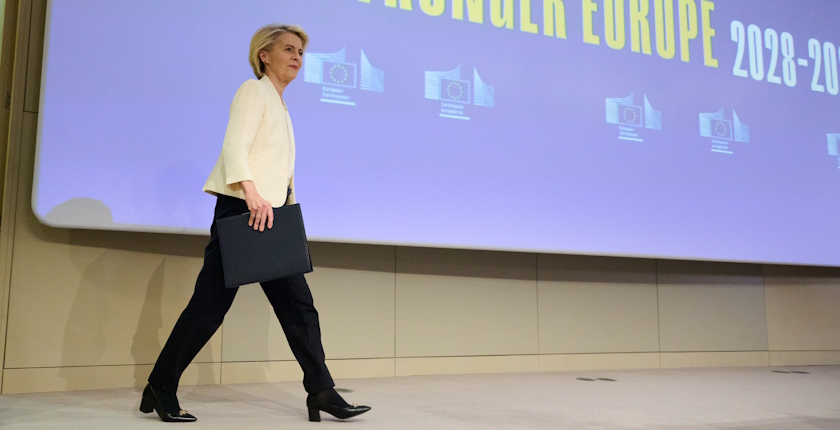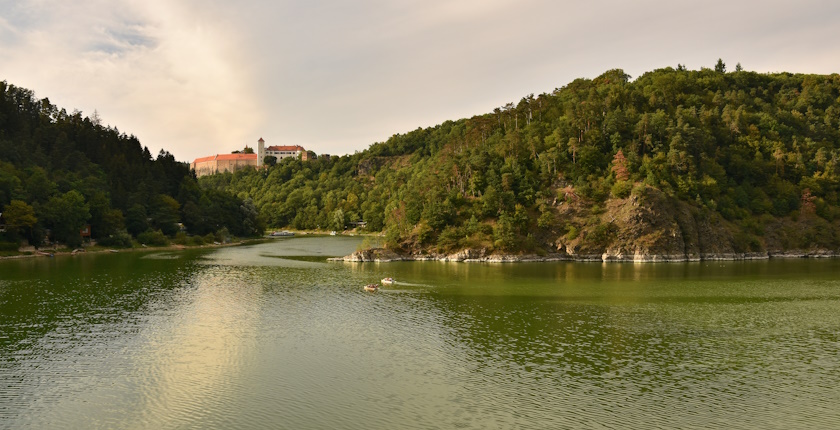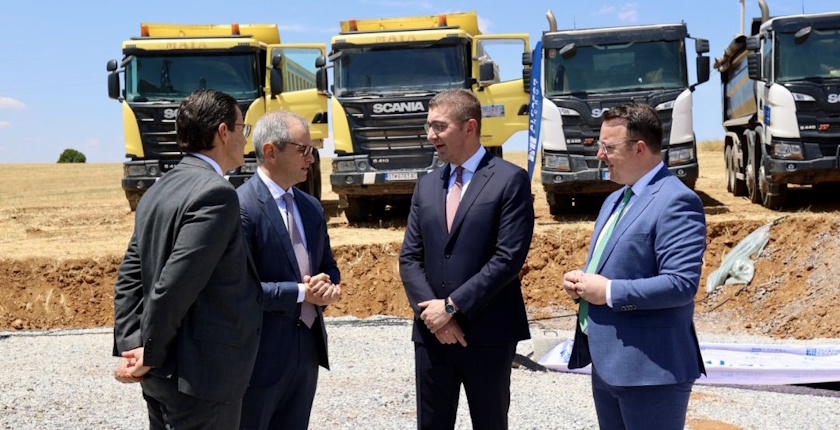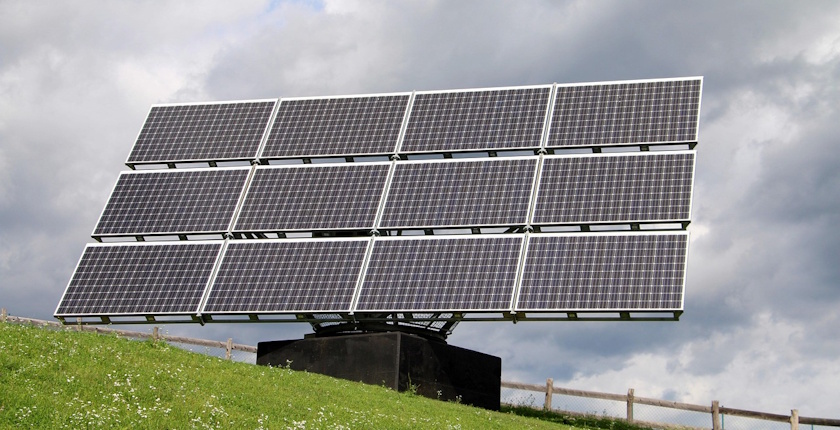
Hungary’s MVM becomes majority owner of two Serbian firms
Hungarian state-owned energy company MVM has become the majority owner of Serbia-based firms Energotehnika – Južna Bačka from Novi Sad and Elektromontaža from Kraljevo.
Energotehnika – Južna Bačka and Elektromontaža, which were privately owned, provide a wide range of services and goods in the energy sector, primarily in Serbia.
MVM is the dominant producer, distributor, and supplier of electricity and gas in Hungary.
According to local media, MVM has signed a contract with Maneks Group from Serbia to acquire stakes of 60% in its subsidiaries Energotehnika – Južna Bačka and Elektromontaža.
The Hungarian company already owned 33.4% of the two firms.
Zbiljić: Maneks Group’s vision is to operate in the European Union market
Dragoljub Zbiljić, owner of Maneks Group, expressed his satisfaction with the continuation of the merger with MVM. The company’s vision is to operate in the European Union market, he added.
MVM CEO Károly Tamás Mátrai pointed out that the transaction is very important for the company from a strategic perspective.
It has switched from a minority to majority owner, implying a much higher level of cooperation with Serbia, he stressed.
Matrai: The two firms are crucial for energy infrastructure
According to Matrai, the two firms are important for energy infrastructure, and very reliable. Together with them and their management, MVM will be able to contribute to Serbia’s further success, in his view.
The Hungarian company purchased the 33.4% stakes in the two Serbian firms in March 2022. Earlier it said that it saw Serbia as a gateway to the markets of Bosnia and Herzegovina, Montenegro, North Macedonia, and Bulgaria.
In June 2023, MVM signed a contract with Serbia’s state-owned gas firm Srbijagas to set up a gas trading joint venture called SERBHUNGAS, based in Novi Sad, Serbia.
Serbia and Hungary are working on a new power line between the two countries, as well as on their first joint oil pipeline.

